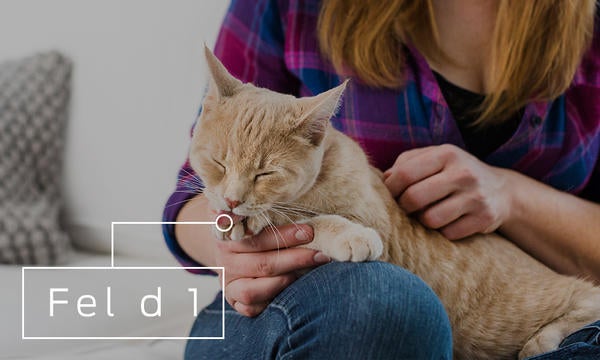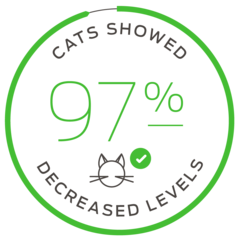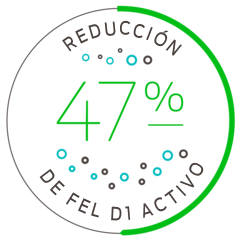Purina scientists have found a way to safely reduce active levels of the major cat allergen found in cats’ saliva. This can transform the way people manage cat allergens. Rather than limiting their exposure to the cat, they can limit their exposure to the allergen instead.


DR. EBENEZER SATYARAJ
Immunologist
Dr. Satyaraj is the lead Purina investigator on the research for cat allergens.
These allergens have created a huge barrier to cat ownership and may limit the loving interactions between cat lovers and cats.
-Dr. Ebenezer Satyraj
Impact Of Cat Allergens
Many people go to great lengths to reduce allergens in their environment, such as daily cleaning and frequent washing. Cat allergens can limit people’s interactions with cats, though, and they’re a common reason people relinquish cats to shelters. Allergens also create a barrier to cat adoption and ownership.
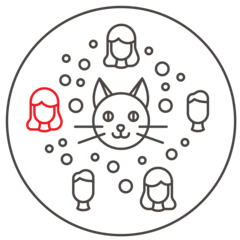

As many as 1 in 5 adults worldwide are sensitized to cat allergens.
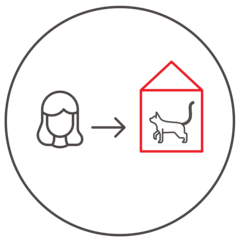

Avoiding cats or relocating them to other homes is a common recommendation for controlling allergens in cats.
Fel d 1: The Major Cat Allergen
A protein produced in a cat’s salivary and sebaceous (skin) glands. Transferred to cat’s hair and skin during grooming. Dispersed in the environment via hair and dander (dried flakes of skin).
After more than a decade of research, Purina scientists discovered cat allergens are reduced when cats eat a diet containing an egg product ingredient with antibodies. These antibodies specifically bind and block Fel d 1 in cats’ saliva.
This protein safely binds and blocks Fel d 1 in cats’ saliva and this inactive Fel d 1 gets transferred to the hair when grooming. This is a safe, feline-friendly approach and does not interfere with with Fel d 1 production or change the cats’ overall physiology.


According To A Landmark Purina Study
Of cats fed this egg ingredient, 97% showed decreased levels of active Fel d 1 on their hair and dander. On average, there was a 47% reduction of active Fel d 1 on cats’ hair beginning with the third week of feeding the diet.
The decrease in active Fel d 1 on cats’ hair and dander can help reduce cat allergens shed into the environment.
Our discovery has the potential to transform how people manage cat allergens.
-Dr. Ebenezer Satyraj

